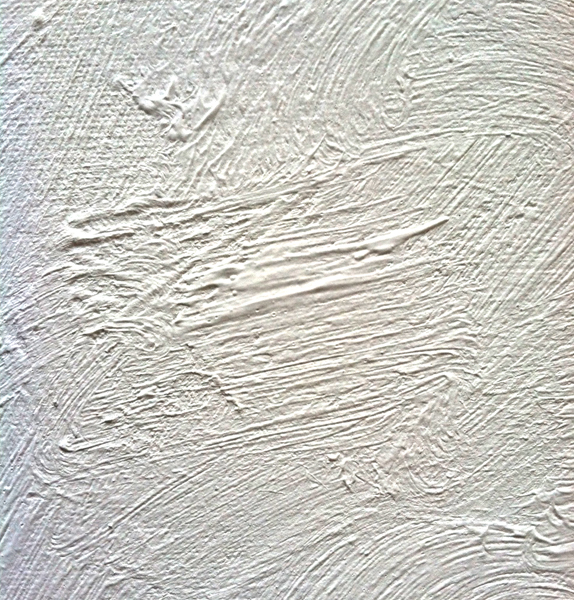More on surface
 A question about the post on surface from Kathleen, "How early in the painting process do you start intentionally adding texture? Do you begin smooth and simply build up naturally/gradually as you tweak the painting? Or, do you add brushy texture dabs much closer to the completion of the painting?". That's a goodie. I've already said a ton in the post but as for your personal choices, it all goes to intent but surface really is the icing on the cake. It alters the mood, changes the bouquet, gives the painting a little je ne c'est qoui. Do you want a lot of topography or an ice pond, maybe a mix, a little Chinese buffet.
A question about the post on surface from Kathleen, "How early in the painting process do you start intentionally adding texture? Do you begin smooth and simply build up naturally/gradually as you tweak the painting? Or, do you add brushy texture dabs much closer to the completion of the painting?". That's a goodie. I've already said a ton in the post but as for your personal choices, it all goes to intent but surface really is the icing on the cake. It alters the mood, changes the bouquet, gives the painting a little je ne c'est qoui. Do you want a lot of topography or an ice pond, maybe a mix, a little Chinese buffet.
Personally I like a mix. Phat chunky areas amidst smooth as silk passages. And how we, I, they go about it is up to you (and them). The image at the very tiptop is what I call a cheater surface, it's just heavy-body gesso that I mopped on to a crappy cotton canvas in order to give the illusion of a lot of paint. It works well, it gives the viewer the subconscious notion that there is a lot of effort and history behind that painting they are looking at. It's not dissimilar from painting over an old painting. Random texture. But it's not as good as really controlling the paint.

The above detail was painted on the canvas at the top. As far as I'm concerned, it's not cheating because it's a great surface to spread the oil butter on. The subsurface really acts like a broad weave canvas and pulls the paint off the brush, allowing for great scumbling and heavier paint loads. Big valley surface equals big chunky paint, smooth as copper surface equals smoother applications. The painting, seen in the I heart carmel post, is a 20x20 and was done in two passes so that a lot of the texture was from real paint.
Back to controlling. There are many ways to control surface, from the choice of tools, soft bristle to spatula, to the way the paint is applied, fluid washes of semi-transparent colors laced with medium or paints loaded with oleo pasto to give the paint more body. Even sanding areas will work, with the added benefit of masking how the image was arrived at. We all love a good mystery. Go look at some Twatchman paintings and you'll see what I mean. Up to you to figure out how to handle it but it makes a big difference.